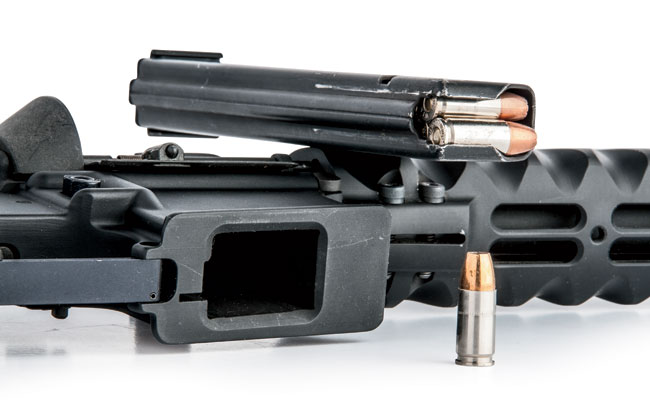Top 5 Most Useful AR-15 Cartridges
In addition to being arguably the most influential rifle design of its 52 years, the AR-15 is also the most controversial. According to many shooters, its alleged weaknesses stem from the cartridge it chambers. For the better part of its life, the M16/AR-15 digested only one kind of ammunition: the twin cartridges labeled 5.56 NATO and .223 Remington.
Currently, the 5.56/.223 is still the most practical choice for the AR-15. However, a myriad of other AR-15-specific cartridges of more-or-less usable design have cropped up in the last decade or two, including the .300 AAC Blackout (SAAMI-approved in 2011); the 6.8 Remington SPC (2004); the 6.5 Grendel (2003); .25-45 Sharps (2014); the .458 SOCOM (2001); .50 Beowulf (2003); and the spanking-new .22 Nosler (2017).
Additionally, wildcat cartridges for the AR-15, such as the 6mm/.223, abound. However, they’re not readily available, so for the purpose of this article, we’ll stick to SAAMI-approved factory rounds.
What’s the motivation behind all this cartridge innovation?
Most frequently, new-cartridge designers point out real and perceived weaknesses in current cartridges (usually the 5.56/.223) and make sometimes practical, sometimes outrageous claims as to how their new cartridge overcomes those weaknesses. My personal favorite was Remington’s statement that its new .30 Remington AR …Read the Rest
Source:: Guns and Ammo

Leave a Reply